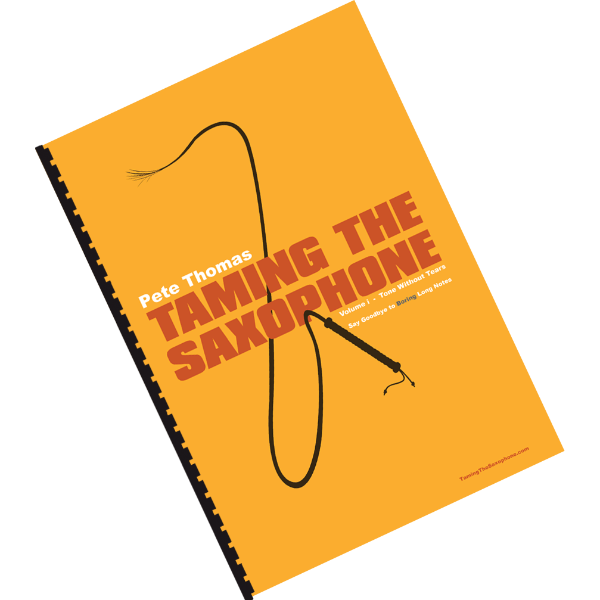Subtone – what is it?
Imperial (Midnight in the Naked City)
See: Midnight in the Naked City CD
Subtone is a particularly soft way of playing, but is a technique in itself rather than just playing quietly. The sound is usually fatter, warmer and less edgy. It can sometimes have a sort of “fluffy” or breathiness to the sound. Great jazz saxophonists who have used this include Ben Webster, Stan Getz, Johnny Hodges and Paul Desmond. It used to be very common, with some players using it almost exclusively especially when playing ballads. It is possibly less common in modern music, and rare in classical saxophone technique.
It really comes into it’s own in the very low register, especially when played very breathily, but it often takes a lot of practice to extend the subtone down low. It is also crucial to make sure that your saxophone has no leaks, although I recently read that Ben Webster thought the leaks were an important part of the sound. I think leaks could well contribute to the breathiness which is often present (or rather more apparent) with a subtone sound.
What happens when you play subtone?
Below are three audiofiles and the corresponding audio waveforms.
You can see that by using the tongue some frequencies around 1000hZ are increased. So by using legato and by NOT articulating the first not with the tongue, then the effect is softer. You can see from the fulltone that many more mid and higher frequencies are present



Practising subtone
Before practicing, listen carefully to what it sounds like played by the greats, get that sound that you are aiming for into your head before you try it.
- Play a comfortable note in the lower register, e.g. G
- Relax your jaw
- Take slightly less of the mouthpiece in your mouth
There is a fine balance between relaxing your jaw just the right amount and relaxing it too much which can cause the note to go flat. You need to listen carefully to the tuning. Once you are comfortable with this note, practice the following exercises to extend the range downwards. These use the note G as a starting point, you can vary this upwards to make the exercises more demanding as you get used doing them. You should play these legato as well as tongued. For a cool jazz ballad try articulating f
instead of the conventional tu
. You can hear this effect in the example above, Another Kind of Blue.



